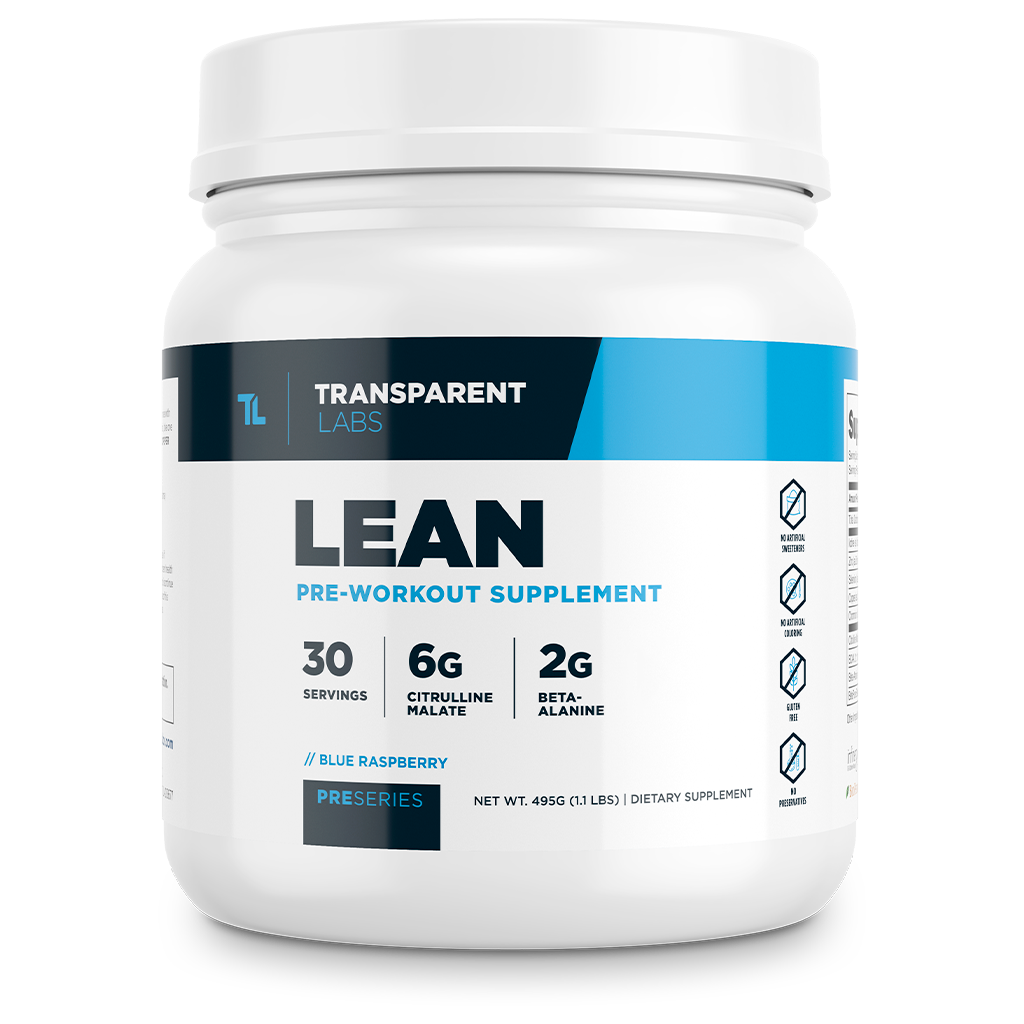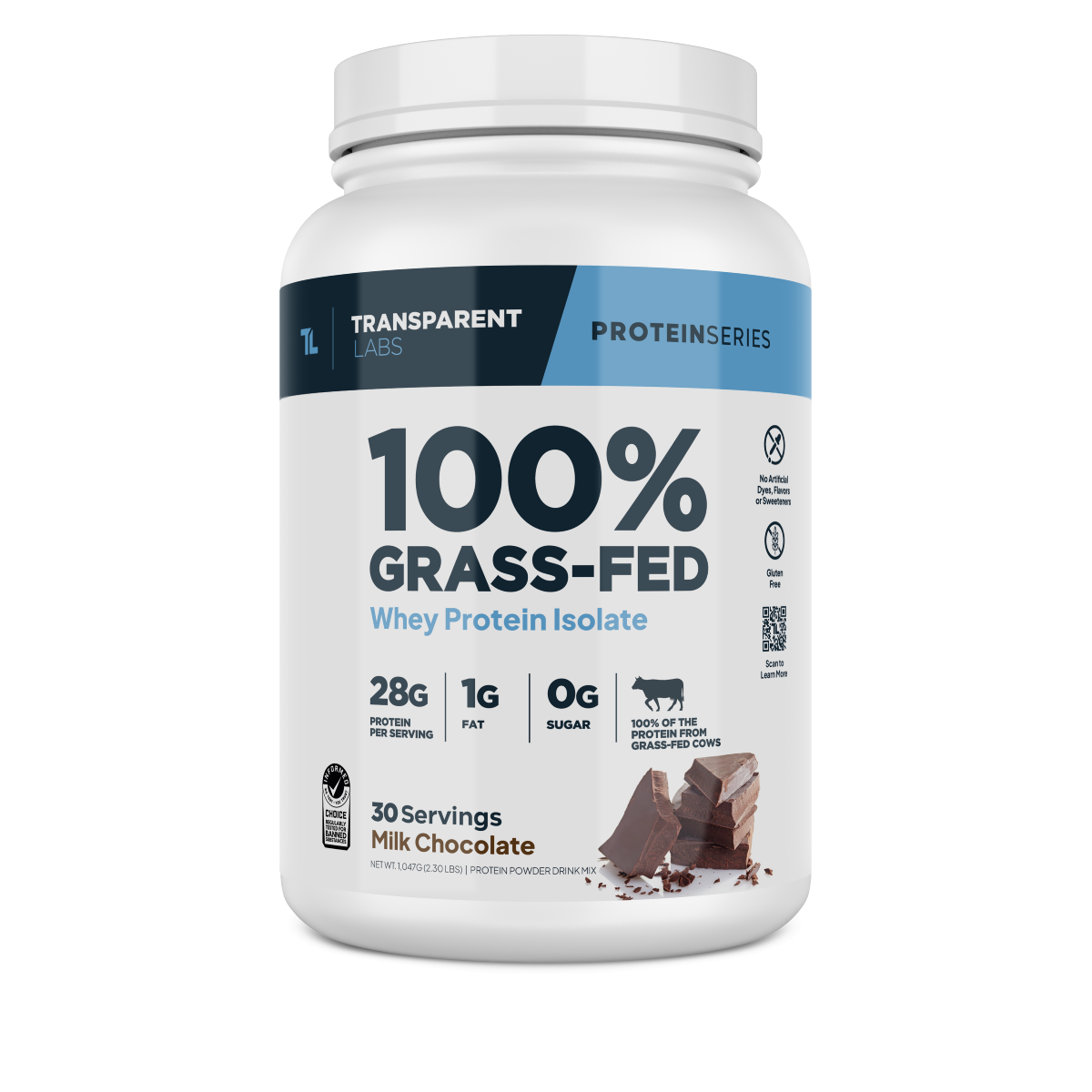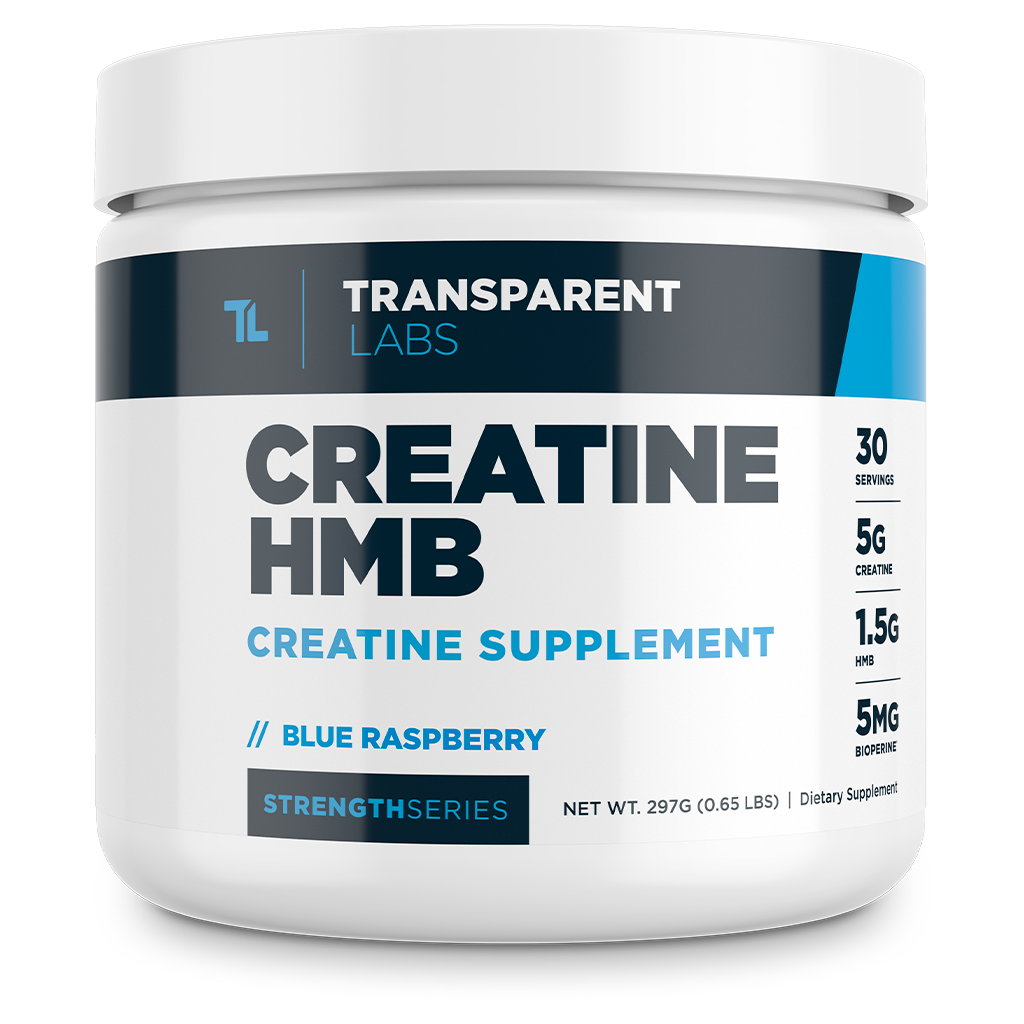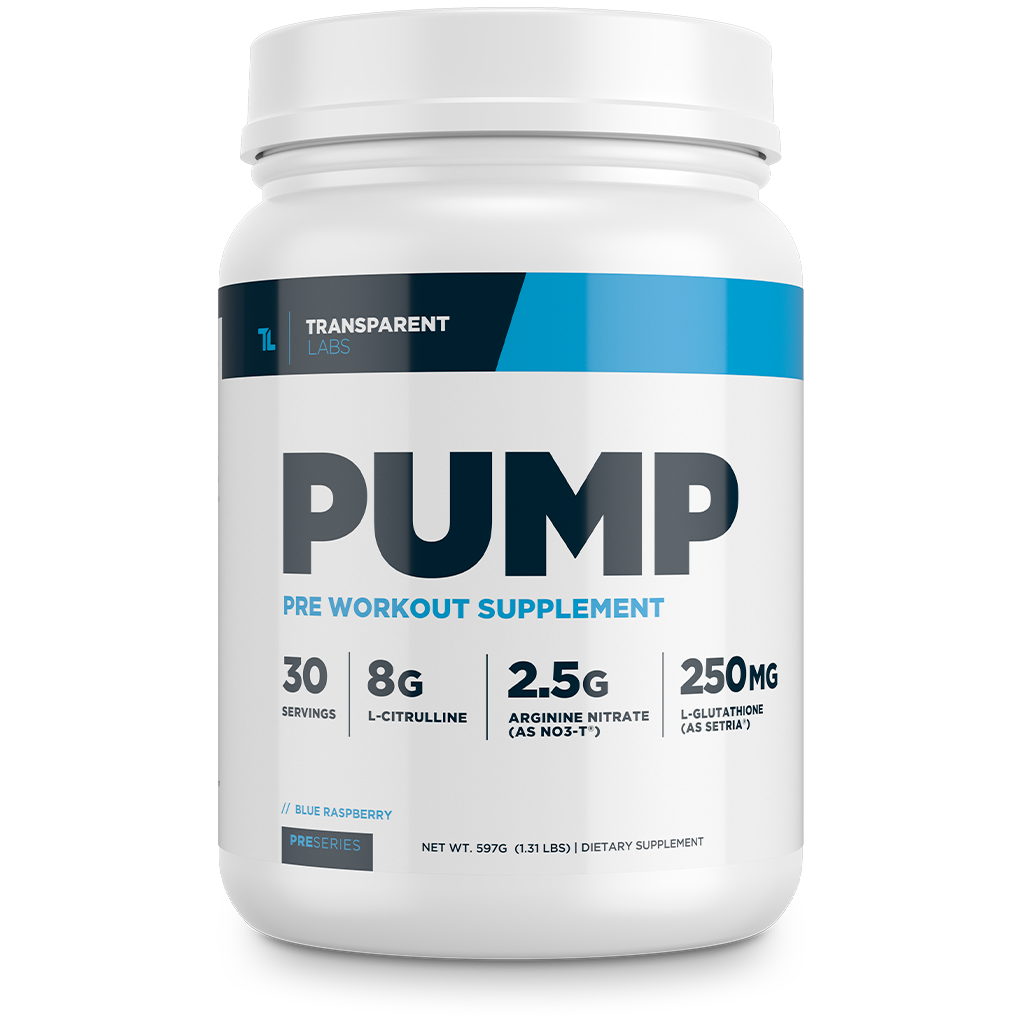Strength Training for Women (Featuring Paulina Andrade)
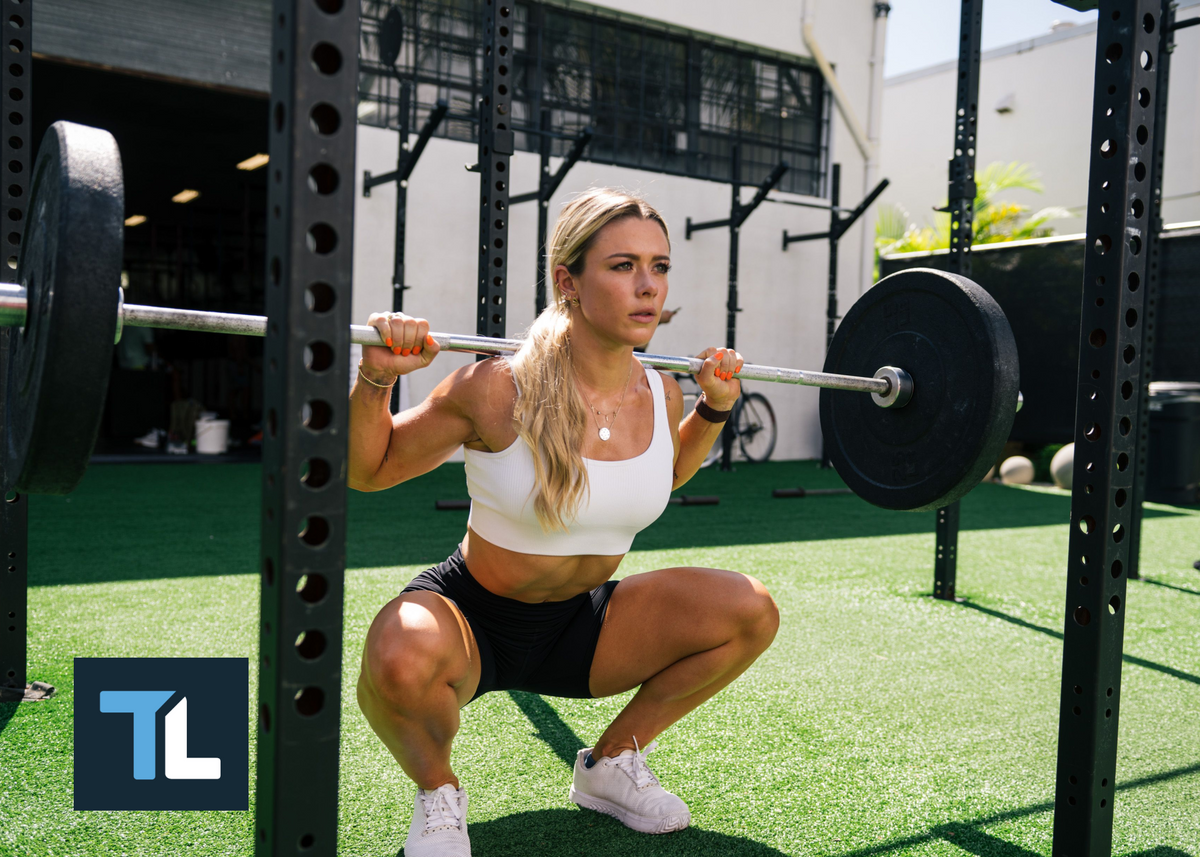
Weight Lifting for Women 101
The number of women who strength train (i.e. lift heavy) as part of their workout routine is still disproportionate to men, but trending towards equilibrium — and this is a good thing! More women should be lifting weights regardless of their fitness goals. Weights do not discriminate between biological sex; high-intensity resistance training is unequivocally beneficial for humans.
The problem is that women have historically been conditioned to believe that lifting will make them “masculine” and “bulky.” Frankly, that's nonsense; baloney; malarkey; claptrap...You get the idea.
For the vast majority of women, resistance training is not going to transform the body into Hulk-like proportions (or cause a beard to grow out of nowhere). Not even close.
What lifting will do is help with "toning" — an ambiguous term for shaping the body — by increasing metabolic rate, reducing body fat, and increasing lean body mass. And of course, it will make you stronger and more explosive so you can be a better athlete, or impress your friends and family with all the newfound power you have. The same can't be said for cardio (aerobic exercise).
One look at Paulina Andrade (pictured throughout this article), a renowned CrossFit athlete and trainer with over 150k followers on Instagram, and you can see how beneficial resistance training is.
So, read on to learn more about the history of strength training for women and why weight-lifting should be a focus of pretty much everyone's workout routine. We will also outline a simple full-body strength-training routine for women that want to incorporate weight lifting in their exercise regimen.
A Brief History of Strength Training for Women
It hasn’t been smooth sailing to overcome the societal stigma that women should stick to aerobics and only engage in light resistance training to “tone” their bodies. In fact, it wasn’t until the 1930s that women’s weightlifting was finally sanctioned for official competition [1]. Fortunately, fitness subculture has evolved immensely since the 19th century.
British strength athlete, Ivy Russell, deserves the lion’s share of credit for making that happen [2]. Her American counterpart, Abbye “Pudgy” Stockton, made commensurate contributions to the women’s lifting movement in the late 1930s and 1940s.
Stockton helped organize the first official women’s weightlifting competition in the United States [3]. She went on to gain a claim to fame as America’s first female bodybuilding champion after winning the “Miss Physical Culture Venus” competition in 1948.
Riding on the momentum of previous trailblazers, women’s bodybuilding and powerlifting proliferated after World War 2. During the 1960s and 1970s, Jan Todd, a kinesiology professor at the University of Texas - Austin, began campaigning for women’s powerlifting competitions in the United States. In 1977, that became a reality at the first-ever All American Women’s Open [4].
Todd flourished as a powerlifter, earning over 60 national records and a Guinness world record. In her prime, she was considered the “strongest woman on Earth.” Female bodybuilding competitions were officially sanctioned in America around the same time as powerlifting: the late 1970s [5].
Olympic weightlifting, however, lagged behind quite a bit. It wasn’t until 2000 that the International Olympic Committee (finally) included a women’s weightlifting division at the Olympic Games in Sydney, Australia [6].
Thankfully, women’s powerlifting, bodybuilding (and other physique competition categories), CrossFit, and Olympic weightlifting all remain internationally recognized and buoyant to this day. Paulina Andrade is using her CrossFit experience and passion for health and fitness to inspire and encourage other aspiring female trainees.
While there are still hurdles to overcome in terms of stigmas and misconceptions about females that lift heavy, we seem to be heading in the right direction. It takes all of us, no matter our biological sex, to continue supporting the women’s lifting movement for what it should be — an equal opportunity for females to embrace the strength, grace, and beauty of their physical capability.
Why (More) Women Should Lift Heavy Weights

Let's first squash the myth that lifting weights will make you "bulky." This is a baseless misapprehension that seems to dissuade women from heavy lifting. Muscle hypertrophy (growth) is not an "incidental" ramification of picking up a barbell.
It takes diligent diet, training, and consistency to build lean muscle. Not to mention the amount of time necessary to really "bulk" up even when you're nutrition and workout routine are quite literally flawless.
Still not convinced you won't get bulky just by lifting weights? Consider that there are male athletes and bodybuilders who dedicate every waking moment to packing on muscle mass, and it can take years for them to build even 10 lbs of solid muscle. (And that's with 5+ days per week of grueling workouts, a high-protein diet, and supplements.)
But why the comparison to men? Well, men are hormonally at an advantage to build muscle mass since they produce more androgens (e.g. testosterone) than women [7]. Androgens are steroid hormones that (typically) have anabolic properties throughout the body, especially with regard to skeletal muscle tissue.
The counterparts to androgens are estrogens, which are significantly less anabolic. As such, men generally carry more muscle mass than women.
That's not to say that women can't build just as much, if not more, muscle mass than men. There are plenty of female bodybuilders and strength athletes that have less body fat and more muscle than the average man. But that's because those women have dedicated years, possibly decades, to heavy weight-training and a mass-building diet.
So, if you are looking for a way to spice things up with your workout routine, don't be afraid to lift weights. To be clear, we're not talking about not the silly ultra-high rep sets of bicep curls with 2-lb dumbbells. Use a weight that challenges you to complete every rep! If it doesn't make your muscles burn a bit by about the 10th rep, odds are you're not lifting very heavy.
If you're not sure where to start, the next section will show you how to target the full-body with a basic strength-training routine for women.
Beginner Weight-Training Workout Routine for Women
Regardless of biological sex, weight lifting can be intimidating for newcomers to the gym. All the grunting and clamor of iron being hoisted up and down is a drastic environmental shift from leisurely walking on the treadmill while watching a TV show.
But don't let that discourage you or make you feel "out of place." If you want to lose weight, build muscle, burn fat, be strong, and improve your health, the resistance-training area deserves your attention!
The workout routine below includes foundational exercises, specifically the barbell squat, deadlift, and bench press, to target all of the major muscles in the body with an appropriate amount of training volume (i.e. sets and reps):
| Exercise | Sets | Reps Per Set | |
| Day 1 (Monday) | BARBELL BACK SQUAT | 3 | 8 to 10 |
| LAT PULLDOWN | 3 | 10 to 15 | |
| INCLINE DUMBBELL BENCH PRESS | 3 | 8 to 12 | |
| DUMBBELL SIDE LATERAL RAISE | 3 | 12 to 15 | |
| DUMBBELL BICEP CURL | 3 | 12 to 15 | |
| DUMBBELL TRICEP KICKBACK | 3 | 12 to 15 | |
| LYING LEG RAISE | 3 | 15 to 20 | |
| Day 2 (Wednesday) | DEADLIFT | 4 | 8 to 10 |
| BARBELL HIP THRUST OR GLUTE KICKBACK MACHINE | 3 | 10 to 12 | |
| DUMBBELL ROW | 3 | 12 to 15 | |
| PULL UPS | 2 | AMRAP (Use assistance if <10) | |
| BARBELL CURL | 3 | 8 to 12 | |
| OVERHEAD DUMBBELL TRICEP EXTENSION | 2 | 8 to 12 | |
| PLANK | 2 | Hold for 30 to 60 seconds | |
| Day 3 (Friday) | FLAT BARBELL BENCH PRESS | 4 | 8 to 12 |
| SEATED DUMBBELL SHOULDER PRESS | 3 | 8 to 12 | |
| DUMBBELL HAMMER CURL | 3 | 12 to 15 | |
| DIPS | 2 | AMRAP (Use assistance if <10) | |
| LEG PRESS OR DUMBBELL LUNGE | 3 | 8 to 12 | |
| HANGING LEG RAISE | 3 | 12 to 15 |
Focus on proper form, especially during compound movements like the barbell squat. If you're unsure of how to perform any exercises, consult with a personal trainer or look up video tutorials online (Paulina's Instagram has lots of demonstrations). You may also want to record yourself when lifting as this can help you identify exercise miscues and technique flaws.
Lastly, remember to push yourself and use a weight that challenges you. Strength training is no walk in the park. But if you give it your all, the benefits are well worth it. Taking a quality pre-workout supplement like Transparent Labs LEAN before you hit the gym can help maximize your focus, strength, energy, and blood flow so you're fully prepared to lift some heavy weight.
The Benefits of Weight Lifting for Women
Whether your fitness goal is to lose weight, trim your waist, improve your overall health, or "tone" your muscles, then it's time to pump some (heavy) iron. If you're spending hours every week doing cardio or other aerobic workouts and not seeing the results you're after, odds are you should start lifting weights (or doing other forms of resistance training). Being strong and building muscle mass has myriad benefits for women of all ages, including [8, 9, 10, 11]:
- Supporting cardiovascular function
- Boosting metabolic rate
- Improving body composition
- Better quality of life
- Enhancing athletic performance
- Promoting healthy sex hormone balance
- Bolstering musculoskeletal integrity
- Reducing the risk of numerous diseases, such as type-2 diabetes, obesity, and heart disease
Quite simply, strength-training is medicine.

Don't forget to nourish yourself properly, either. Nutrition plays a crucial role in your fitness results no matter how much you exercise. Once you start incorporating weight-lifting in your workouts, it's imperative to consume more protein.
The essential amino acids in protein are what allow your muscles to recuperate and come back stronger for the next workout. If you're depriving yourself of protein (or calories), you simply won't be able to keep up with the demands of intense strength-training workouts. A handy way to increase your protein intake is to follow up each workout with a scoop of Grass-Fed Whey Protein Isolate or Vegan Protein Powder.
As a final reminder (which is hopefully tattooed in your brain by this point), you won't get bulky just because you start lifting and eating more protein. If anything, strength-training will finally help you achieve the body of your dreams and invigorate your workout routine.
No more starving yourself and doing hour-long cardio sessions every day just to feel healthy. Get stronger, develop your muscles, and eat a balanced diet with plenty of protein. Your body is capable without bound with the right exercise regimen and a healthy eating plan.

